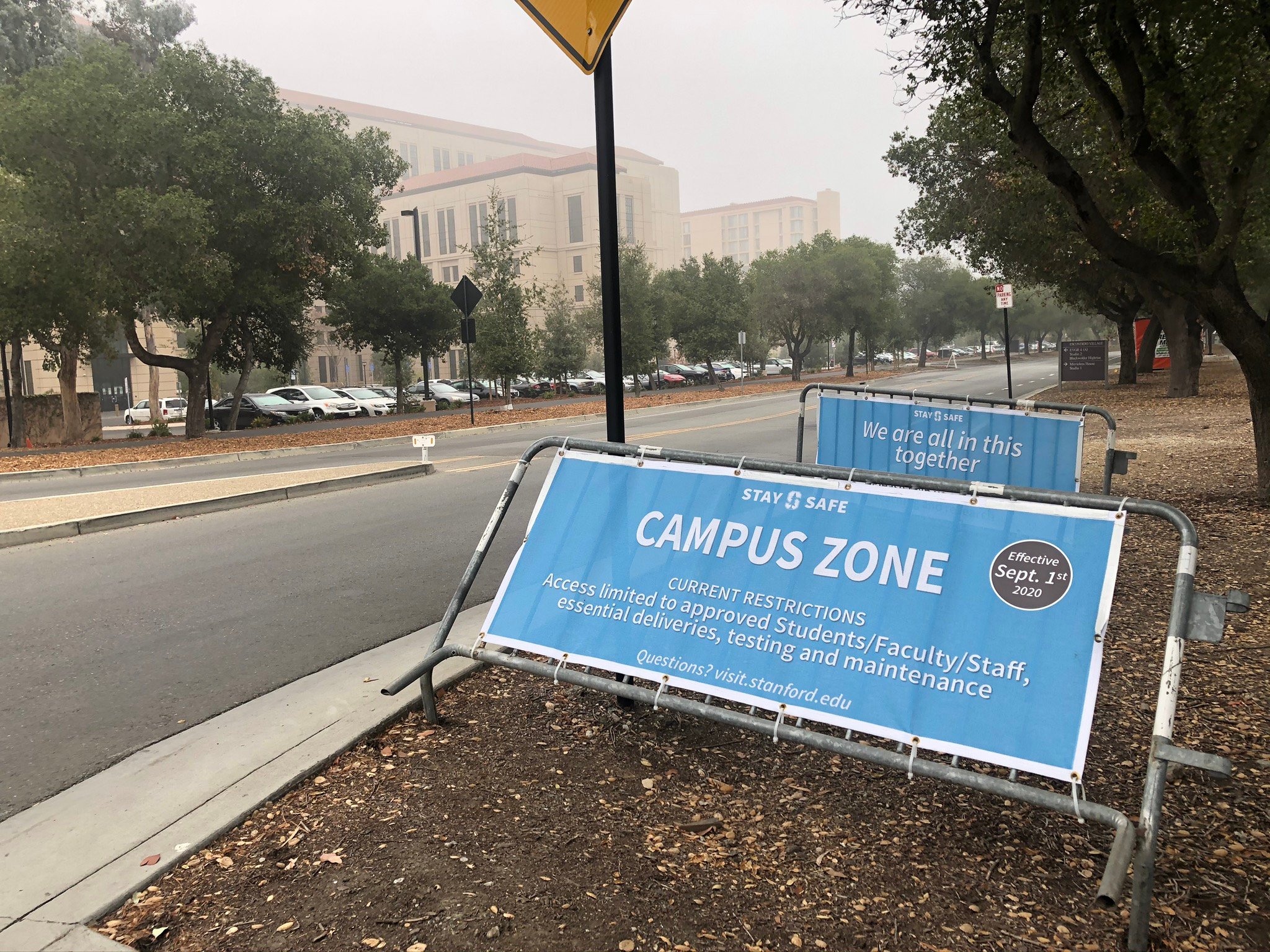California lifted its statewide regional stay-at-home order on Monday, returning Santa Clara County to the “purple tier,” the highest-risk tier. The shift will allow services like outdoor dining and collegiate sports to resume, provided they abide by county regulations.
The new guidelines will also affect University operations, according to the latest email from Associate Vice Provost for Environmental Health & Safety Russell Furr.
The regional stay-at-home order was implemented by Gov. Gavin Newsom in December, following a post-Thanksgiving surge in cases. The order divided the state into five regions, and if intensive care unit capacity dropped below 15% in a region, the restrictive stay-at-home order was triggered. Now that the state’s order is lifted, counties will be subject to the state’s colored tier system to determine restrictions.
While indoor gatherings of multiple student households are still prohibited, the University plans to start a process after Feb. 8 that will allow for registered outdoor gatherings that meet state and county guidelines. The University will also now allow outdoor dining for students and their households, according to Furr. Under the state’s stay-at-home order, outdoor gatherings of any kind were not permitted.
The switch to the purple tier does not affect the University’s plan for student housing and the formation of social pods or households. Furr wrote that students who arrived before Jan. 10 are now allowed to form households or social pods, consisting of eight students in total, but members of different pods are not allowed to meet. Students who arrived by Jan. 24 will be allowed to form pods starting Feb. 8.
Outdoor classrooms and specialized indoor classrooms like labs and studios can be used with precautions. Indoor lecture classes are still not permitted.
Employees should continue to work from home unless they have received approval to be on campus. Additionally, Santa Clara County’s travel quarantine for people traveling distances greater than 150 miles remains in place, which requires those traveling to self-isolate for 10 days upon their return, according to the email.
Further information about the implementation of these changes will be released in the coming days, according to the email.
“COVID-19 remains dangerous, and adhering to daily public health safeguards continues to be essential to controlling its spread,” Furr wrote.
Contact Ari Gabriel at arijgab ‘at’ stanford.edu.
